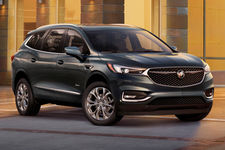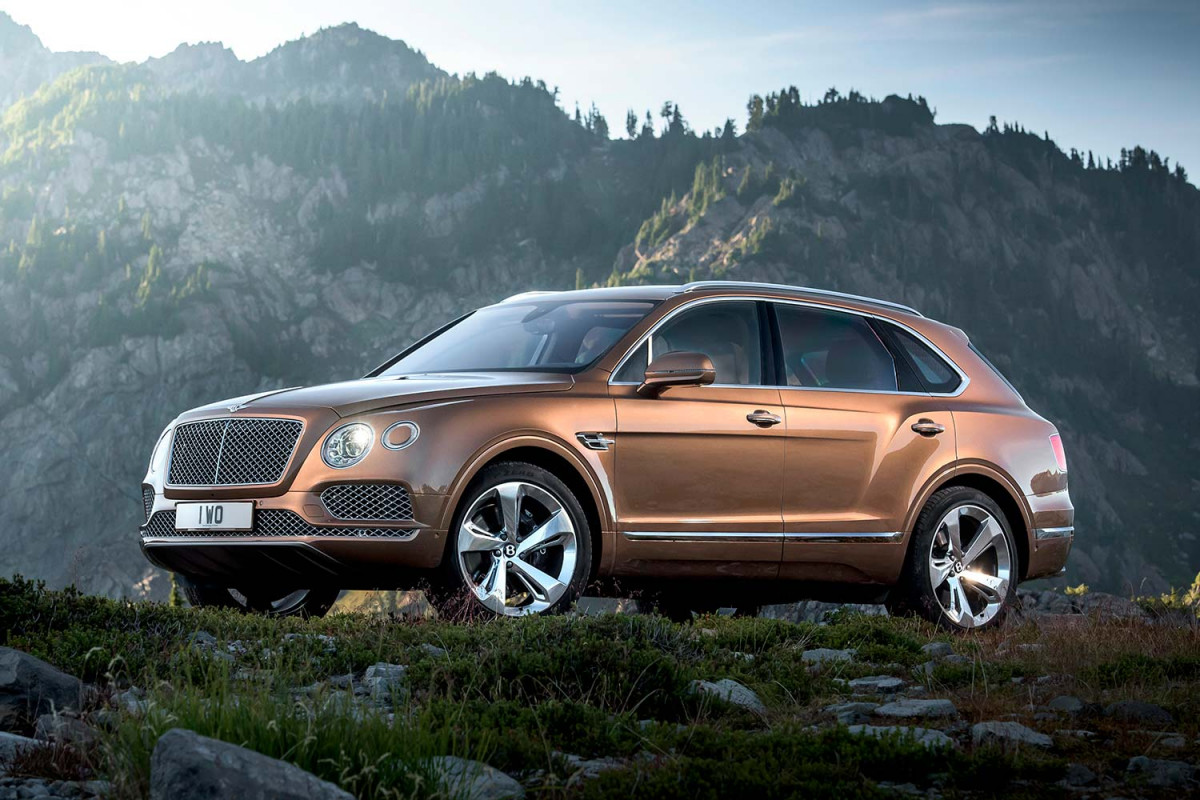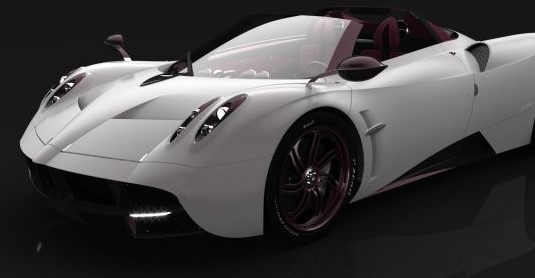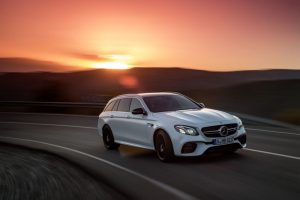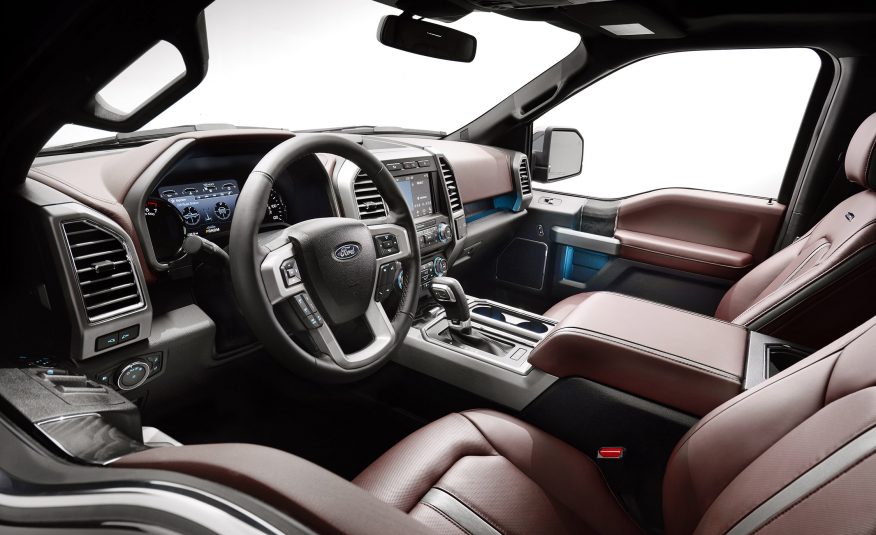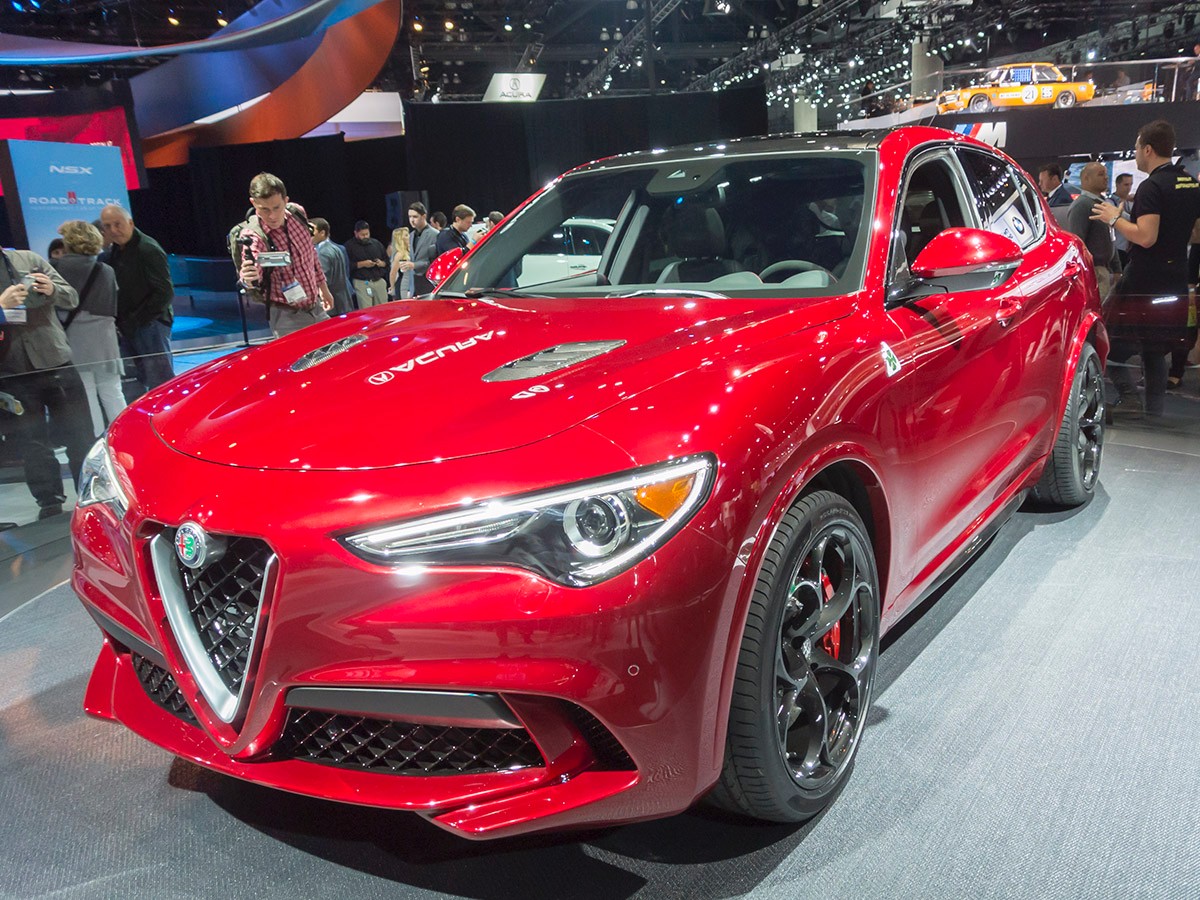-
2018 Buick Enclave “Avenir” will have ionic air purifier - April 12, 2017
-
Lease a Luxury Car for Less Than You Think - April 5, 2017
-
Shopping for a Car When Your Credit is Low - March 31, 2017
-
Aston Martin Closer to Unveiling Second-Generation Vantage - March 21, 2017
-
2017 Bentley Bentayga SUV: Offroad for $238,000 and Up - March 14, 2017
-
Pagani Huayra is Finally Here, Only $2.4M - March 9, 2017
-
Mercedes AMG E63 – For When Your Wagon Needs Drift - February 6, 2017
-
2018 Audi Q5 SUV: Enhanced Performance - January 30, 2017
-
2018 Toyota Camry Due in Late Summer - January 27, 2017
-
2018 Dodge Challenger SRT Demon Will Outstrip Hellcat - January 23, 2017
Former GM CEO Still Pushing For Better Electric Vehicles

Robert C. Stempel, the former chairman and chief executive officer of General Motors Corp., gave the thumbs up to develop GM’s EV1, the first electric car to hit the mass market.
In 1992, Stempel was pushed out of GM during the auto maker’s last big financial crisis in 1992, reports the Wall Street Journal. Since then, he has focused his efforts on developing a better electric car.
Stempel spent more than a decade as chairman of U.S. battery maker Energy Conversion Devices, Inc. before leaving the company last year.
Now that the idea of the electric car is really catching on due to $4 a gallon gas, Stempel is working to fix what he says is the problem with electric cars then and now, the battery.
Nickel metal hydride (NiMH) batteries have proven reliable, Stempel says. "It doesn’t do anything naughty, like burn up," he says. But NiMH batteries don’t have the range to be competitive with conventional cars.
Stempel says a major hurdle right now with these batteries is the cost.
"Look at what happened to the cost of nickel," says Mr. Stempel. "The price of nickel has gone off the charts." A lot of the commodities used in batteries have gotten expensive in the recent commodity price boom, he says.
With the Detroit Three’s financial issues right now due to sluggish sales in the U.S., they don’t really have the finances to research develop a better battery for electric vehicles and make it cost-effective for the consumer. To make an efficient electric vehicle for the masses could take years.
Photo courtesy www.ovonic.com.
